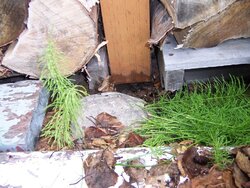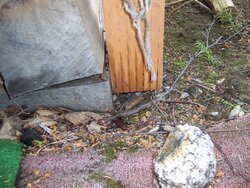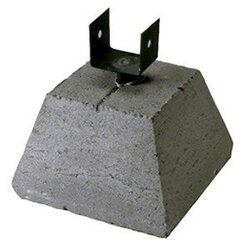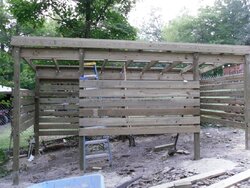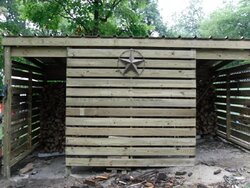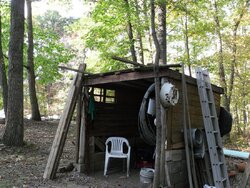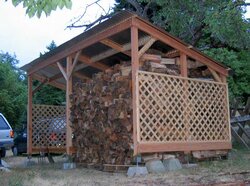Im gonna start building a wood shed in a week or 2 but I cant decide if I want to buy all pressure treated lumber or just the 4x4's to keep costs down. Im gonna copy boogydaves shed heres a pic

also I live somewhat in the city so I have neighbors close and wondering if I should even bother goin to see about a permit or just go ahead and do it

also I live somewhat in the city so I have neighbors close and wondering if I should even bother goin to see about a permit or just go ahead and do it



